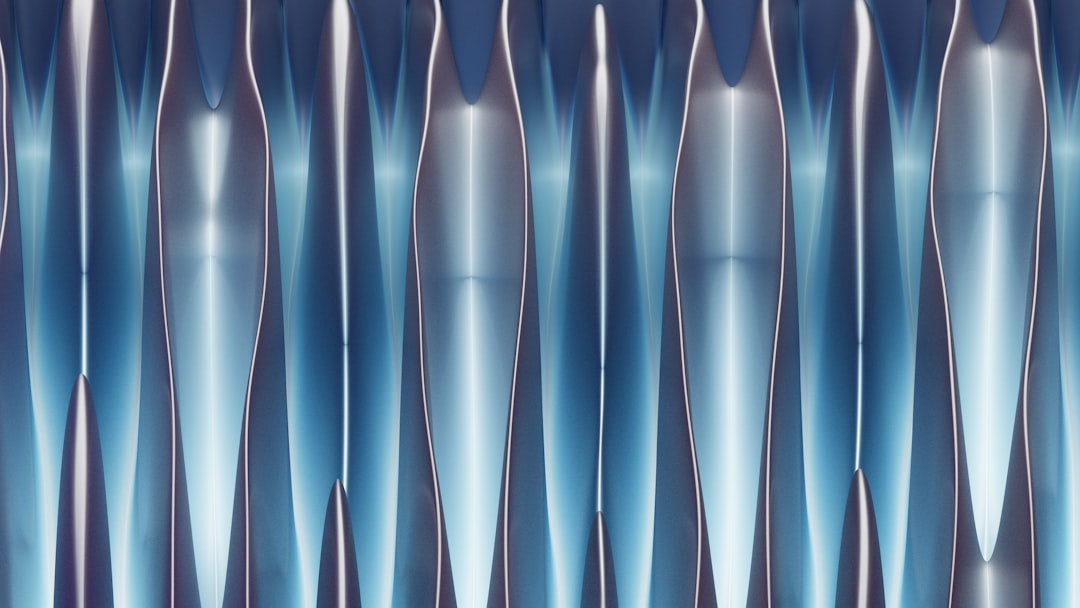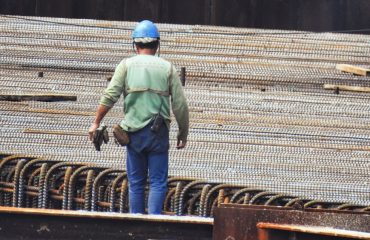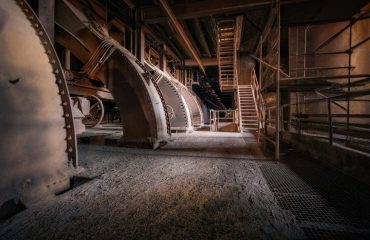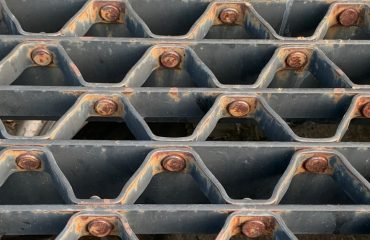Electric Resistance Welded (ERW) pipes are a cornerstone of modern construction and industrial applications. Their versatility, cost-effectiveness, and robust performance make them a preferred choice across numerous sectors. This comprehensive guide delves into the world of ERW pipes, exploring their manufacturing, diverse applications, advantages, limitations, and future prospects.
The ERW Pipe Manufacturing Process: A Detailed Look
The creation of an ERW pipe begins with a continuous strip of steel coil. This coil is then passed through a series of rollers that form it into a cylindrical shape. The edges of the formed cylinder are then brought together and heated using an electric current. This heating process, known as electric resistance welding, creates a weld seam that joins the edges, forming a seamless pipe. The weld is then inspected for quality and consistency through various non-destructive testing (NDT) methods, such as ultrasonic testing and radiographic testing. Finally, the pipe undergoes sizing, straightening, and cutting to the required dimensions, ready for further processing or direct use.
The precision of the ERW process allows for the production of pipes with consistent wall thickness and diameter, crucial for structural integrity and performance in various applications. Advances in technology have further enhanced the efficiency and quality control within the manufacturing process, leading to higher-strength and more durable ERW pipes.
Diverse Applications of ERW Pipes Across Industries
The versatility of ERW pipes makes them indispensable across a wide range of industries. Their strength, durability, and cost-effectiveness contribute to their widespread adoption. Some key application areas include:
- Construction: ERW pipes are extensively used in building frameworks, scaffolding, piling, and water and gas distribution networks. Their strength and resistance to corrosion make them ideal for underground infrastructure.
- Automotive: The automotive industry utilizes ERW pipes in chassis construction, exhaust systems, and fuel lines. Their lightweight yet robust nature makes them a suitable choice for these applications.
- Oil and Gas: ERW pipes play a critical role in pipelines transporting oil and gas across long distances. Their ability to withstand high pressure and harsh environmental conditions is essential in this sector.
- Agriculture: Irrigation systems rely heavily on ERW pipes for efficient water distribution. Their durability and resistance to corrosion ensure longevity in outdoor environments.
- Mechanical Engineering: ERW pipes are used in various mechanical applications, such as hydraulic systems, pneumatic systems, and structural support frameworks.
Advantages of Choosing ERW Pipes: Why They Stand Out
ERW pipes offer several advantages over other types of pipes, contributing to their widespread popularity:
- Cost-Effectiveness: The efficient manufacturing process of ERW pipes results in lower production costs compared to seamless pipes.
- High Strength-to-Weight Ratio: ERW pipes offer excellent strength and durability while maintaining a relatively lightweight profile, making them easier to handle and transport.
- Consistent Quality: The automated manufacturing process ensures consistent wall thickness and diameter, guaranteeing uniform performance across all pipes.
- Wide Range of Sizes and Specifications: ERW pipes are available in a wide variety of sizes and specifications, catering to diverse application needs.
- Easy Weldability: The consistent material properties of ERW pipes make them easily weldable, simplifying the fabrication process in various construction and industrial applications.
Limitations of ERW Pipes: Understanding the Drawbacks
While ERW pipes offer many advantages, it’s crucial to acknowledge their limitations:
- Weld Seam: The presence of a weld seam can be a potential point of weakness, although modern manufacturing techniques significantly minimize this risk.
- Surface Finish: The surface finish of ERW pipes might not be as smooth as seamless pipes, potentially affecting aesthetic appeal in some applications.
- Limited Size Range: While offering a wide range, ERW pipes may have limitations in terms of maximum diameter compared to other pipe manufacturing methods.
- Susceptibility to Corrosion (depending on material): While various coatings and materials can mitigate this, ERW pipes, like other steel pipes, can be susceptible to corrosion if not properly protected.
Future Trends in ERW Pipe Technology and Applications
The ERW pipe industry continues to evolve, driven by technological advancements and increasing demand. Future trends include:
- Improved Weld Quality: Ongoing research and development focus on enhancing the weld seam strength and durability, further minimizing potential weaknesses.
- Advanced Materials: The use of high-strength low-alloy steels and other advanced materials will improve the performance of ERW pipes in demanding applications.
- Automation and Robotics: Increased automation and robotics in the manufacturing process will enhance efficiency, consistency, and overall productivity.
- Sustainable Practices: The industry is focusing on more sustainable practices, including reducing energy consumption and implementing environmentally friendly coatings.
- Expansion into New Applications: The versatility of ERW pipes is expected to lead to their adoption in new and emerging applications across diverse industries.
In conclusion, ERW pipes represent a crucial component in numerous industries, offering a balance of strength, durability, cost-effectiveness, and versatility. Understanding their manufacturing process, applications, advantages, and limitations is key to their effective utilization in various projects. As technology advances, ERW pipes are poised to play an even more significant role in shaping the future of construction and industrial applications.




